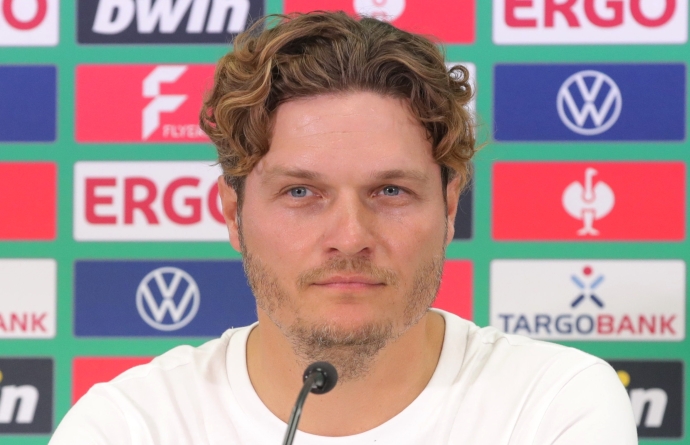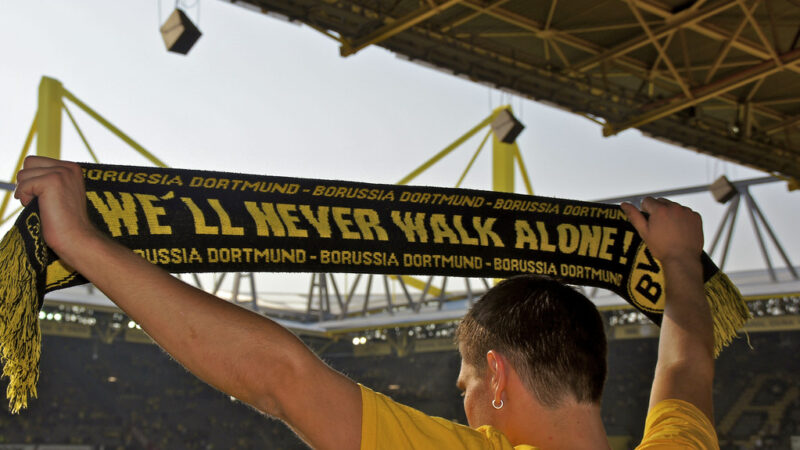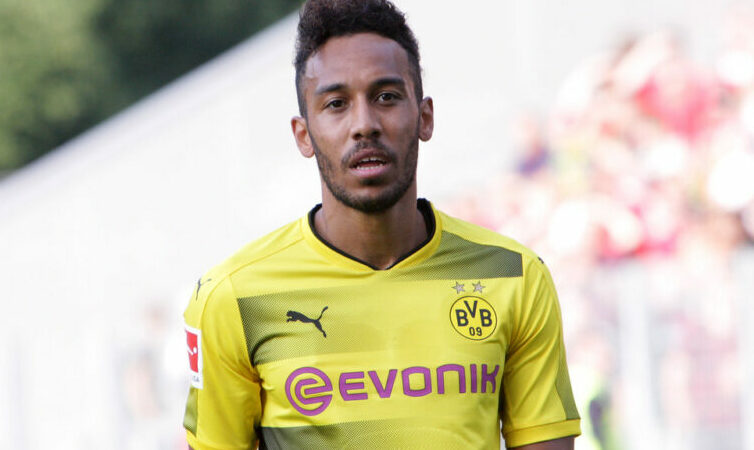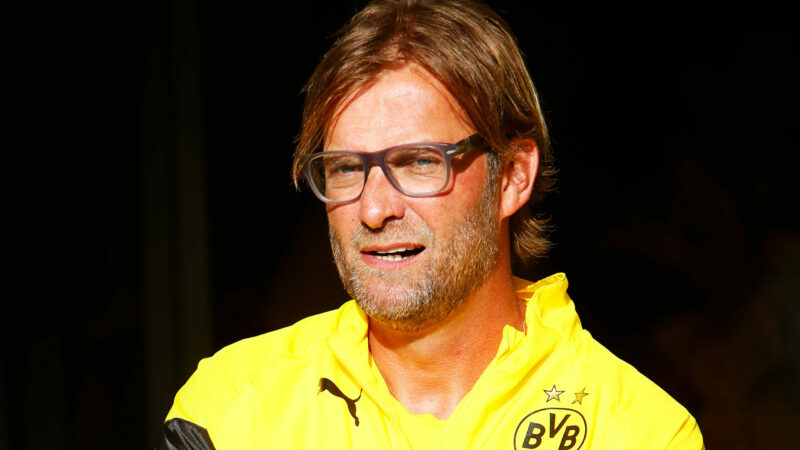Will the German national team be as successful with less Bundesliga players?

When Germany and Argentina took to the pitch to contest the 2014 World Cup final at Rio’s grand Maracana stadium, all but two of the victorious German team had been playing regularly in the Bundesliga at the time. What’s more, an established spine of the team had all been together at Bayern Munich as they won the Bundesliga title ahead of that summer’s tournament.
Indeed, Manuel Neuer, Philipp Lahm, Jerome Boateng, Bastian Schweinsteiger, Toni Kroos and Thomas Muller all started the game as Germany beat Argentina after extra-time. The single goal scorer, Mario Gotze, came off the bench to grab the headlines. He was another who had been at Bayern Munich during their 2013-14 triumph after signing from Borussia Dortmund.
Having a crop of players who can dominate a domestic league, and then transfer this onto an international scale, is a recipe for success as that wonderful German side demonstrated.
Fast forward four years, and there were more players from leagues outside of Germany than there were Munich players, as Germany drew 1-1 in their friendly with Spain on Saturday. In total, there were five players from outside the Bundesliga in the line-up.
This makes for an interesting dynamic which will be contrasted to the success of 2014 if anything less than what took place in Brazil is achieved.
With players such as Leroy Sane and Ilkay Gundogan – who have had an astonishing season with Manchester City – coming off the bench, the German side is looking increasingly fragmented in terms of who plays for which team in the world.
A spine of successful Bayern Munich players does still exist with the formidable centre-back pairing of Boateng and Mats Hummels being almost telepathic in understanding, given the fact they spend day-in day-out with one another for Jupp Heynckes’ side.
With those two in front of Barcelona’s Marc-Andre ter Stegen, it is always going to be difficult for opponents to score more goals than Germany. Only injury curtails Neuer’s presence to add to the Munich contingent. However, he has returned to training and is said to be running at 100 per cent.
In this sense, Germany can still rely on close understanding among those players who know each other so well from club level.
Some way say, England should be the same. After all, Roy Hodgson’s 2014 World Cup squad consisted of 22 Premier League players and one SPL player.
However, these players were spread out evenly from rival squads. The likes of Manchester United, Liverpool and Chelsea were all represented. Despite being familiar with one another, they were not as harmonious as Germany’s Bayern players would have been.
In terms of a national set-up, it is a more close-knit environment when players know one another from the same domestic side as opposed to being considered an enemy, then suddenly a teammate.
Germany’s 2014 starting line-up was predominantly based around one successful team, who played in a league less competitive than the Premier League. The Bundesliga is less influenced by foreign signings than its English equivalent, enabling the likes of Muller and Gotze to really develop themselves as players.
Whether this is beginning to change – with players such as Julian Draxler and Sane following the likes of Mesut Ozil and Kroos in deciding to play their football abroad – is a question which will be answered over time if this trend of migration continues to grow.
Despite this apparent trend, the ever-present influence of Joachim Low is a constant to the German team which should not be underestimated. He knows how to win international trophies after all.





